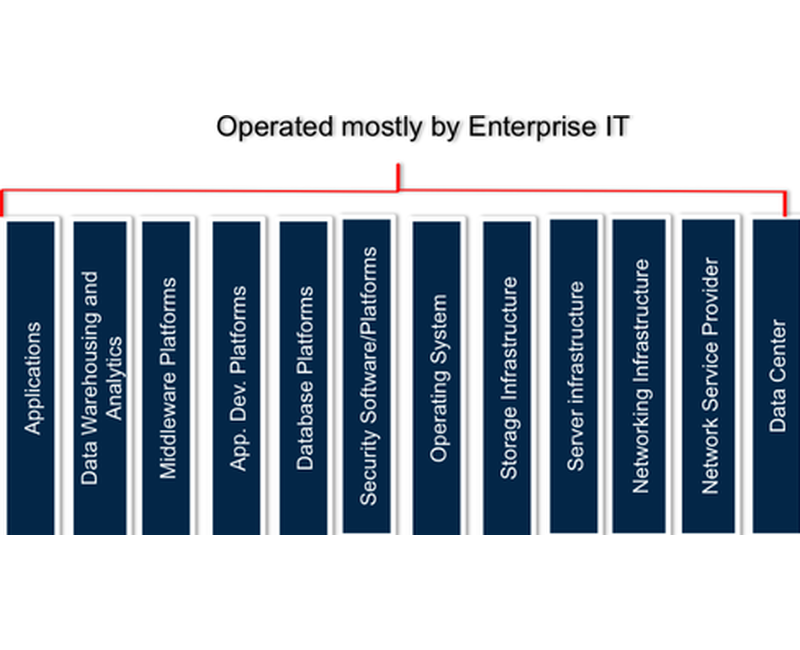
Published on 08/06/2016 | Technology
Lean Six sigma has been a game changer in each and every field for improving the performance and removing the unwanted process. There are numerous tools nowadays which can be leveraged to increase the productivity of the machines. But it has to be intelligent enough to rectify the variations automatically without any human interventions, this is where the machines talk with each other(M2M). As we discussed one of the use cases with respect to DMAIC tool in my previous blog let’s look at one of the lean manufacturing tools.
TPM is a process of improving the quality of production by enhancing the way machines work, industrial equipments, sensors etc. By improving the efficiency and reliability of the machines the total downtime of a production plant can be reduced to a large extent. A team based factor known as OEE (Overall Equipment Effectiveness) which includes quality, performance of the machine and availability is often used for the calculation of TPM. Preventive Maintenance and Predictive Maintenance is also used in this tool for finding criticality of the machines & manufacturing equipments.
OEE = Quality of the machine* Performance Efficiency*Availability of the Machine
Now these parameters are calculated based on various factors retrieved from the production floor as well as maintenance sheets. Let’s look at one of the use cases where this tool can be implemented

Considering a part of a small manufacturing industry where blocks(any material like plastic or molten steel ) are collected in a conveyor belt and passed through a hydraulic machine which compresses it and flattens the blocks as shown above. These plates are further used as raw material for production purpose. Each of these processes is divided into four steps:
Step1: Blocks are placed in a conveyor through a robotic arm.
Step2: Blocks are moved in a conveyor belt and the Counters keep on counting the blocks that are passed.
Step3: A Hydraulic Press which transforms the blocks into plates.
Step4: The flattened plates further used as raw material for other production.
This is just a example of a manufacturing plant where the flattened plates of any material is used as a raw material. Besides implementing the TPM tool we also need to ensure that the whole process functions intelligently i.e. M2M.
In Step1, the robotic arm places the blocks as soon as the previous blocks starts moving in the conveyor belt. The hydraulic press would start compressing the blocks and transforms it into plates at a certain speed.
In Step3, the hydraulic press is dependent on the air pressure generator, even the slightest delay in the pressure generation may hamper the flow of the conveyor belt as well as the robotic arm. So, the quality of the air pressure generator plays a vital role in the production process. In order to increase the performance efficiency, certain factors should be considered like pressure in the air pressure generator, and speed of the conveyor belt, counter sensor, robotic arm movement. The sudden decrease of air pressure due to external factors should automatically reduce the speed of the conveyor belt as well the movement of the robotic arm supplying the blocks.
Any kind of equipment failure should neutralise the whole process. If we have vibration sensor installed on the conveyor belt as shown, too much of vibration or if the value reaches a threshold then it should be considered as fatal and the process should halt immediately. Based on a combination of these factors the process should keep on functioning intelligently this increases the efficiency and the outcome is desirable. This shows how important M2M communication can be in an industrial environment. To complete the OEE equation let’s look how important is the factor availability of machine, the hydraulic press being used in the above process may function more than its stipulated time but it may not be that effective.
If we can predict when the machine is going to fail we could order a new machine within that time frame without hampering our production process i.e. Just In Time(JIT). The prediction now depends upon historical values of the pressure at which it was being operated initially if there are more variations in the values then we can inform the plant manager to order for a new hydraulic press. Let’s take another instance if the vibration sensor installed on the conveyor shows too many outliers or the speed of the conveyor has huge variations from its historical values then we should think of replacing the servo motors running those conveyors.
These servo motors may be damaged due to heavy usage of the system, a JIT replacement would save money and time for the plant manager. This shows how the factors availability of machine, quality and performance efficiency play a vital role in the calculation of OEE.
Lean Six Sigma tools may have been implemented in many business processes before but utilising it in Industrial Internet of Things would unravel lots of concealed potential. Eventually IIoT is all about evolution, things will get connected and act smartly enhancing the production & quality. Moreover installing smart sensors which help us identify those loopholes gives us lot of insights about the equipment. In my next blog we will look at how smart instrumentation helps us in IIoT.